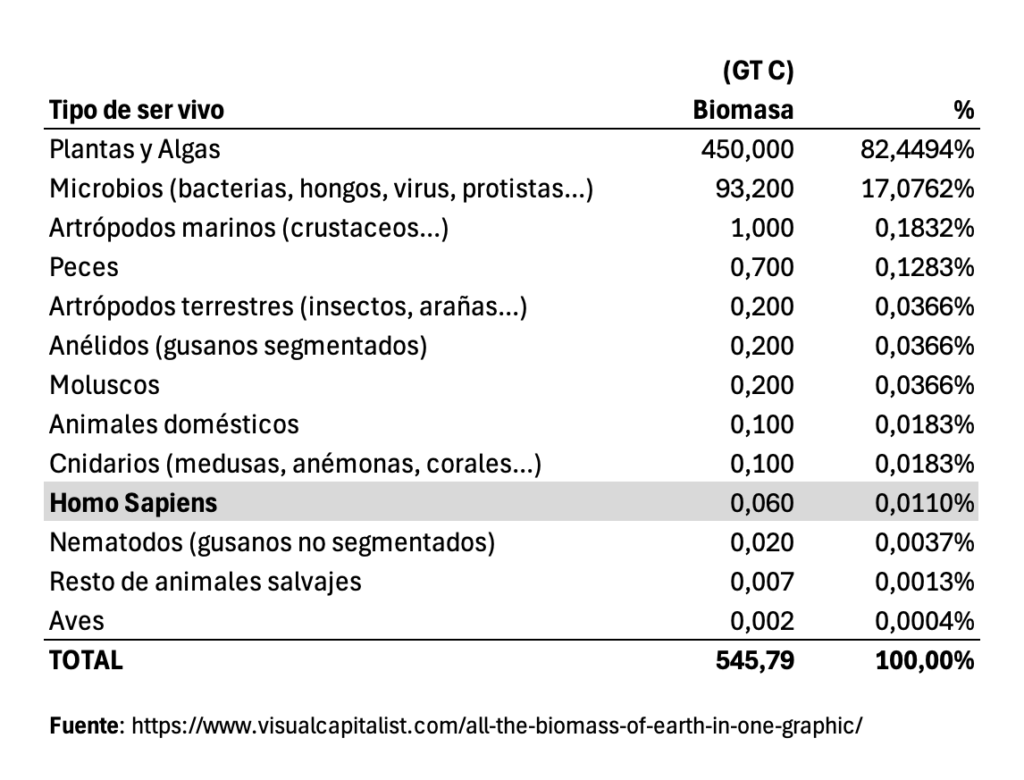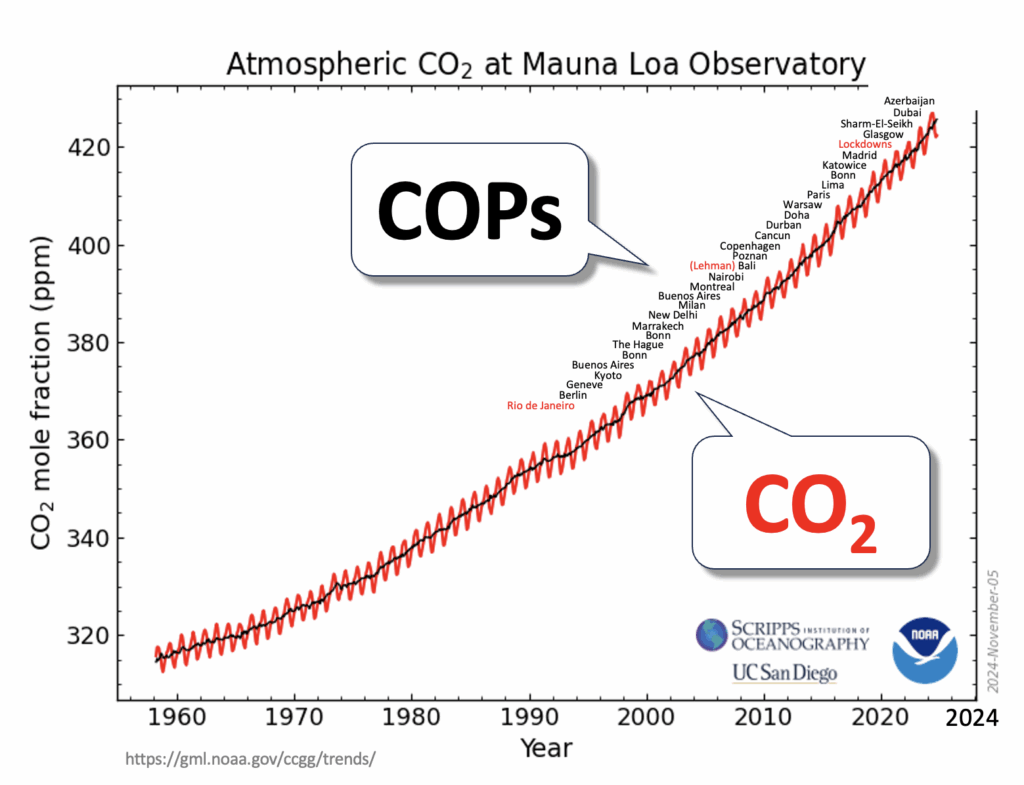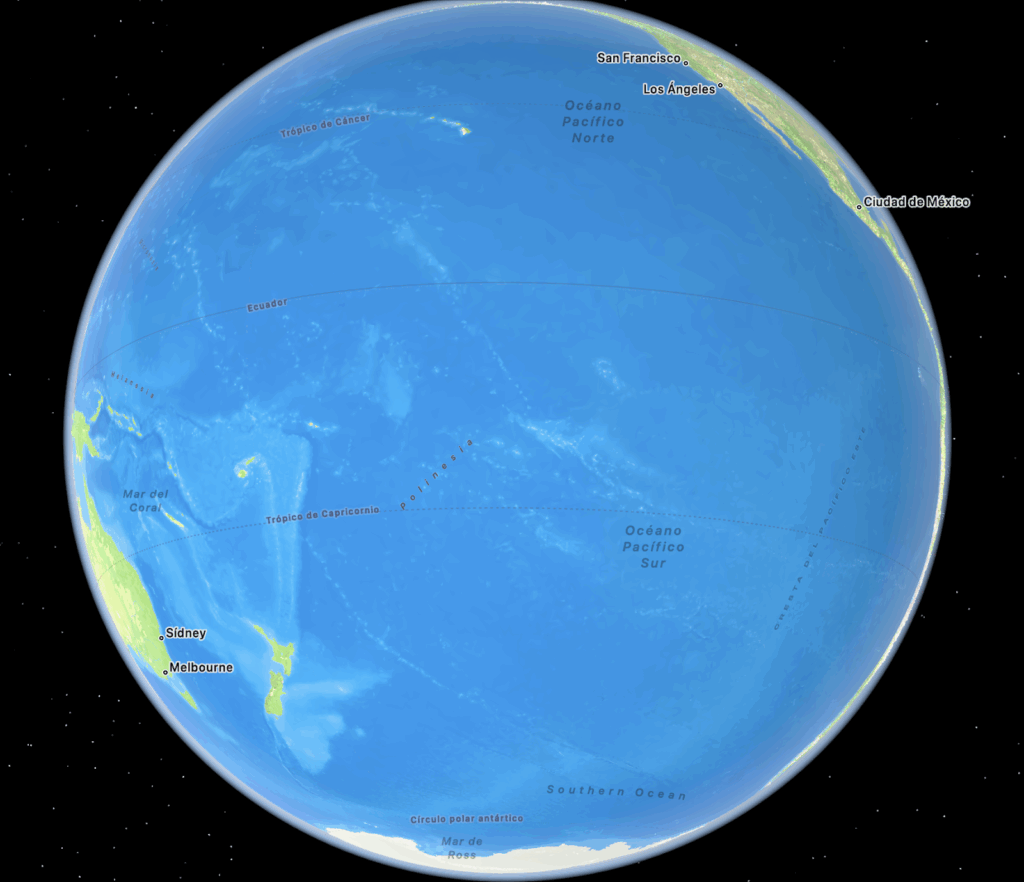The prediction of economist Thomas Malthus, in his 1798 essay, was based on a simple but powerful idea: human population grows geometrically, while food production grows arithmetically, which would inevitably lead to mass starvation, poverty and death to "balance" the excess of people.
The industrial revolution, technology and the development of global trade drastically improved agricultural productivity and redistributed resources, breaking the cycle of poverty and famine he described. It was the classic error of the half-baked economist who makes predictions without taking into account the innovative capacity of human ingenuity.
Despite Malthus' clamorous error, in the last forty years there has been a surprising increase in the number of neo-Malthusians who continue to say that the number of people on the planet is unsustainable. But since they cannot now argue that it is due to a lack of food (there is more and more food globally every year), this time they rely on a concept that is, once again, debatable and disputed: anthropogenic climate change.
The reality is that we are not too many human beings on the planet.
- Our biomass is minimalThe following is an example: man represents only 0.01% of the total biomass of the biosphere (almost any type of bacterium, fungus, protist or archaea exceeds us in biomass by tens or hundreds of times). Organic molecules differ from inorganic molecules because they are basically composed of carbon chains. That is why biomass (the mass of living things) is generally measured in tons of carbon. This is the biomass of about 9 million known species, measured in gigatons of carbon (Gt C):

- Our CO2 emissions are minimalemissions: only ~3% of the planet's annual natural CO2 emissions are human (the rest of the natural emissions come from respiration of organisms, organic decomposition, ocean outgassing, volcanic eruptions, etc.). So man contributes only ~3% of the ~2 parts per million by which atmospheric CO2 has been increasing annually for the past 60 years. Therefore, we contribute 0.000006% (0.06 parts per million) of the annual increase.

- The area occupied by human development is also minimal.The total land area is only 1.56% of the total continental surface. Someone may counter-argue that if we include areas devoted to agriculture and livestock, human occupation amounts to ~32% of the total. But countless species cohabit agricultural land, so the correct figure to show "human occupation" is the aforementioned 1,56% of area occupied by cities, towns, houses and all roads; or 2,93% if we radically eliminate from the calculation base all deserts, frozen areas, mountains, rivers, lakes, marshes and mangroves. And in both cases without taking into account the enormous surface of the oceans.

There are not too many of us, but nevertheless Western societies have bought into this neo-Malthusian and pessimistic vision and the birth rate continues to fall. The global fertility rate, excluding sub-Saharan Africa, is already lower than the replacement rate of 2.1 children per woman. In many Western countries it is much lower. In Spain, the latest figure for 2023 is 1.12 children per woman (including the children of women not born in Spain).
In addition to the infinite (divine) value of children, if we do not want to disappear in the long term as a species, we must have more children. And without waiting for the long term, if we do not want many Western countries to disappear culturally in the medium term, we must have more children.
Analyst. Science, economics and religion. Five children. Investment banker. Profile on X: @ChGefaell.







